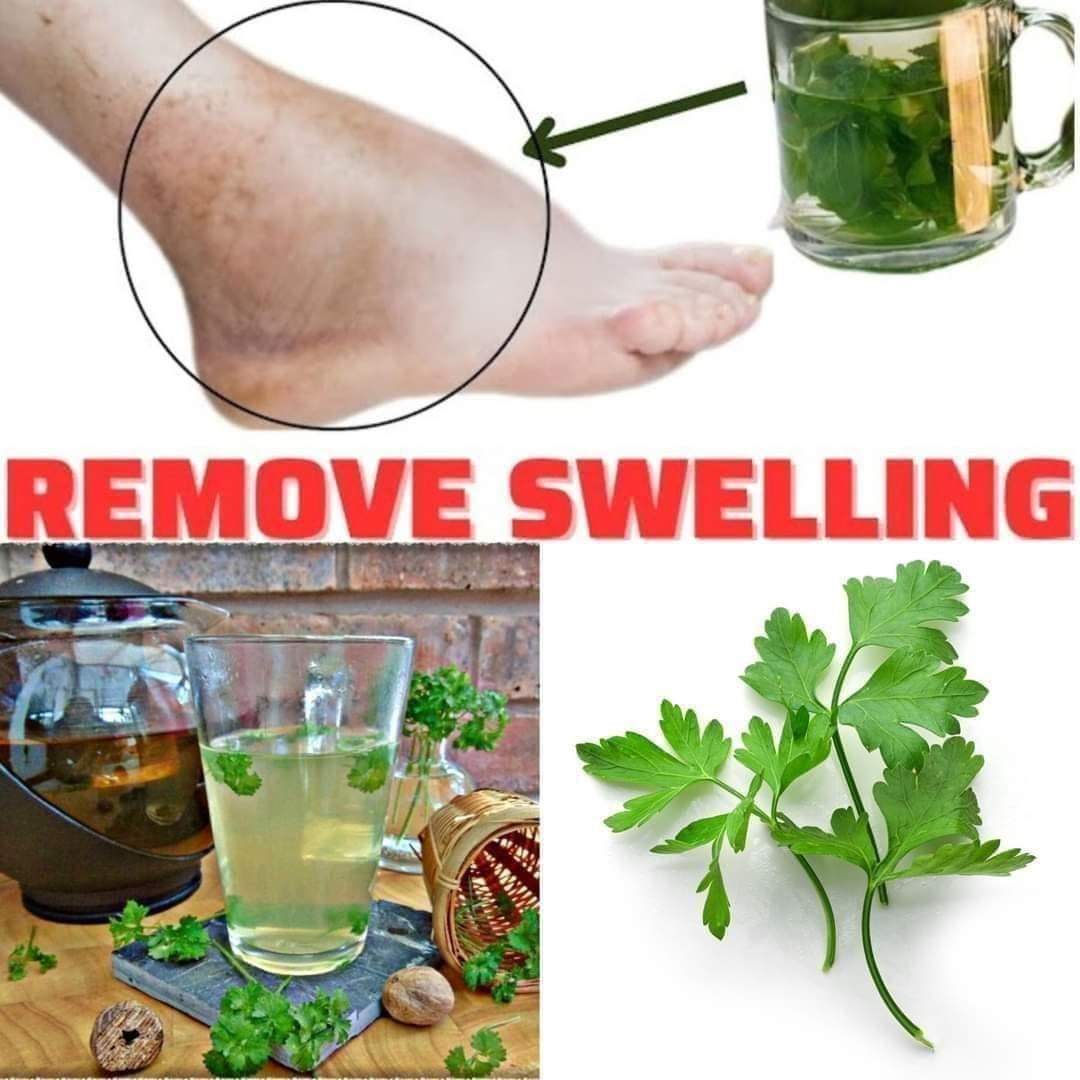ADVERTISEMENT
# Parsley Tea: A Natural Remedy to Reduce Swelling in Legs, Ankles, and Feet
**Introduction: Understanding Swelling in Legs, Ankles, and Feet**
Swelling in the legs, ankles, and feet, also known as edema, is a common condition that can affect people of all ages. While it is often not serious, persistent or severe swelling can be a sign of an underlying health issue, such as heart disease, kidney problems, or poor circulation. Regardless of the cause, swollen legs and feet can be uncomfortable, painful, and unsightly, making it essential to find effective remedies that can provide relief.
One such remedy that has been gaining attention for its natural healing properties is parsley tea. Parsley is a common herb found in many kitchens worldwide, often used as a garnish or an ingredient in various dishes. However, this humble herb is much more than just a flavoring agent. Parsley is rich in vitamins, minerals, and antioxidants that can help alleviate swelling, improve circulation, and promote overall health. In this article, we will explore how parsley tea works to reduce swelling in the legs, ankles, and feet, its health benefits, and how to make it at home.
## What Causes Swelling in the Legs, Ankles, and Feet?
Before delving into the benefits of parsley tea, it’s important to understand why swelling in the legs, ankles, and feet occurs in the first place. Swelling, or edema, occurs when excess fluid builds up in the tissues of the body. This fluid retention can be caused by a variety of factors, both temporary and chronic. Here are some common causes of swelling in the lower extremities:
### 1. **Poor Circulation**
Poor circulation can lead to fluid buildup in the legs, ankles, and feet. When blood flow is inadequate, it can cause fluid to accumulate in the lower parts of the body, leading to swelling. Conditions like varicose veins and peripheral artery disease are often associated with poor circulation.
### 2. **Pregnancy**
During pregnancy, women often experience swelling in the legs and ankles, especially in the later stages. This is due to the increased pressure on the veins in the legs from the growing uterus, as well as hormonal changes that cause fluid retention.
### 3. **Heart Disease**
Swelling in the legs can be a sign of heart disease. When the heart is not pumping blood efficiently, fluid can build up in the body, particularly in the lower extremities. This condition is often referred to as “congestive heart failure.”
### 4. **Kidney Issues**
The kidneys play a crucial role in regulating fluid balance in the body. If the kidneys are not functioning properly, they may fail to remove excess fluid, leading to swelling in the legs, feet, and ankles.
### 5. **Lymphatic System Problems**
The lymphatic system helps remove excess fluid from the body. If there is a blockage or dysfunction in the lymphatic system, fluid can accumulate in the legs and feet, causing swelling. This is known as lymphedema.
### 6. **Injury or Trauma**
Injuries to the legs, such as sprains, strains, or fractures, can result in localized swelling. This type of swelling is typically temporary and can be managed with rest, ice, compression, and elevation.
### 7. **Medications**
Certain medications, such as those for high blood pressure, diabetes, and steroids, can cause fluid retention as a side effect. This may lead to swelling in the legs, ankles, and feet.
### 8. **Dietary Factors**
A diet high in sodium can contribute to water retention in the body, leading to swelling. Consuming excessive salt causes the body to hold onto more water, which can result in puffiness and swelling in the extremities.
### 9. **Prolonged Sitting or Standing**
Long periods of sitting or standing without moving can hinder circulation, leading to fluid buildup in the lower body. This is particularly common in people who have desk jobs or jobs that require standing for long periods.
10. **Infection or Inflammation**
Infections or inflammation in the legs and feet can cause localized swelling. Conditions like cellulitis or arthritis can lead to swelling due to the body’s immune response.
For Complete Cooking STEPS Please Head On Over To Next Page Or Open button (>) and don’t forget to SHARE with your Facebook friends
